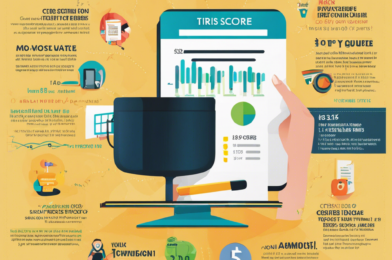We all want financial freedom, but where do we even start? Introducing the 50/30/20 budget rule – a simple yet powerful guideline that can help you gain control over your finances and work towards your monetary goals. This rule is a popular strategy used by financial experts and individuals seeking to allocate their income effectively. So, how does it work, and why is it so popular?
Breaking it down, the rule suggests dividing your after-tax income into three categories: 50% for needs, 30% for wants, and 20% for savings or debt repayment. By allocating your funds in this manner, you’re ensuring that your basic necessities are covered, while still allowing for some flexibility in enjoying the finer things in life. Moreover, you’re actively contributing to your financial security by allocating a substantial portion to savings or debt reduction. This rule is particularly helpful for those who are new to budgeting, offering a straightforward framework to manage their finances effectively.
Let’s delve into each category to understand how this rule can be applied in your financial journey. When considering ‘needs,’ think of the essential expenses necessary to sustain your livelihood. This includes rent or mortgage payments, utilities, groceries, transportation, and insurance. Allocating 50% of your income to these necessities ensures they are prioritized and provides a solid foundation for financial stability. The ‘wants’ category encompasses the discretionary expenses that bring enjoyment and enrichment to your life. This could be dining out, entertainment, vacations, or hobbies. By allocating 30%, you’re allowing yourself the freedom to enjoy these experiences without compromising your financial responsibilities.
The final 20% is dedicated to your financial security and future goals. This includes savings, investments, or repaying any debts. Contributing to this category consistently will help you build a solid financial cushion and work towards achieving long-term goals, such as purchasing a home or retiring comfortably. It’s important to remember that this rule serves as a general guideline, and the specifics may vary depending on individual circumstances.
For instance, those living in high-cost areas may need to allocate a larger portion to ‘needs,’ while someone with substantial student loan debt may choose to increase the ‘savings/debt repayment’ category. The beauty of this rule lies in its adaptability and simplicity. It empowers individuals to take control of their financial situation and make informed decisions about their money. By following this rule, you can strike a balance between covering your necessities, enjoying the present, and securing your financial future.
Starting on your financial journey with the 50/30/20 budget rule can be an empowering first step towards financial freedom. It provides a clear framework to manage your finances effectively and efficiently. As you apply this rule, remember that it’s essential to assess your progress regularly and make adjustments as necessary. This may involve reviewing your expenses, income, and savings rate periodically to ensure you’re on track and making progress towards your monetary goals. With dedication and consistency, you’ll be well on your way to achieving financial freedom and security.
In conclusion, the 50/30/20 budget rule is a valuable tool for anyone seeking to take control of their finances and work towards financial independence. Its simplicity and adaptability make it an excellent starting point for individuals feeling overwhelmed by their financial situation or unsure of how to manage their income effectively. By allocating your funds according to this rule, you can strike a balance between covering your necessities, enjoying life’s pleasures, and building a secure financial future. So, why wait? Start applying the 50/30/20 budget rule today and take the first step towards achieving your financial dreams. It’s an exciting journey ahead!






